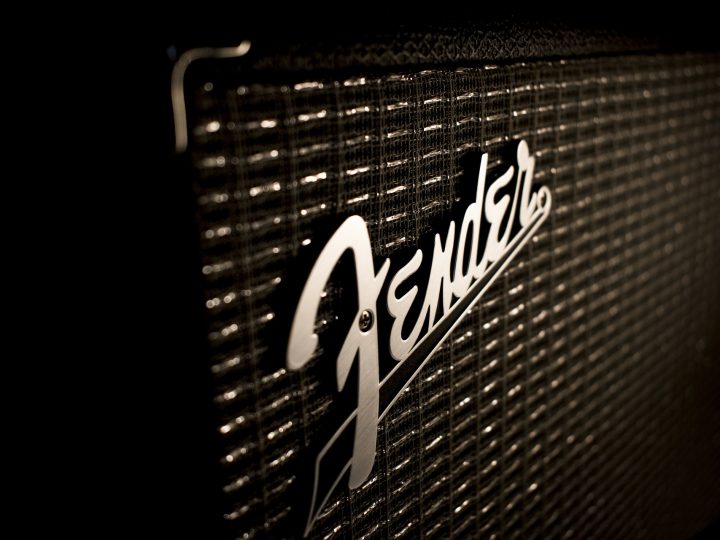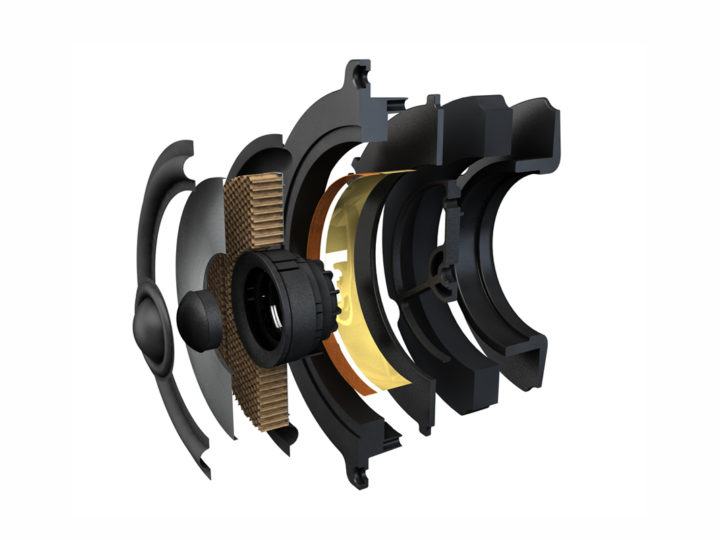Compared to analog music formats like records and cassette tapes, digital audio has the advantage of delivering consistently precise playback that doesn’t degrade. Digital audio files can also be copied without their quality diminishing.
In other words, digital is flawless and indestructible… or it is? As it turns out, digital audio is actually susceptible to distortion, and a digital audio file doesn’t even have to be corrupted for this to happen. When it comes to digital audio, distortion is generally caused by a phenomenon called jitter.
Jitter: At the right place at the wrong time
In order for music to be stored as a CD, MP3 or FLAC file, the analog audio signal needs to be converted into a digital signal. This is done by breaking down the continuous wave into a series of discreet samples. The frequency at which these samples are taken is known as the sample rate. The most common sample rate which has long served as a standard for CD recordings is 44,100 Hertz (also expressed as 44.1 Kilohertz).
In addition to sample rates, bit depth affects the quality of digital music files. CDs have a bit depth of 16. This means there are 16 bits per sample. A typical hi-res digital file has 24 bits and a sample rate of 192 kHz. This promises better quality but at the price of taking up much more space and potentially being difficult to stream. But whatever the sample rate, for high quality playback, the interval between the individual samples must be regularly spaced, both when a recording is digitized and when this digitized file is reconverted to analog.
To this end, CD and DVD players, computers — in fact, all digital devices — use what are called word clocks. Word clocks in these devices function just as clocks do elsewhere: They keep track of time, acting as metronomes for the digital stream. Word clocks should not be imagined as little devices within devices. They are actually data streams, just like your digital audio. The sole purpose of a word clock’s data stream, however, is to emit a digital pulse which acts as a reference interval for reading a digital signal. This allows the DAC (Digital to Analog Converter) to process the signal.
But like all clocks, no word clock is perfect. Slight misalignments, known as jitter, are bound to be present to a greater or lesser extent. Jitter is produced either when a digital signal is created from the analog recording or when a digital recording is reconverted into an analog signal for playback, and a little jitter is always present. In a way, jitter is simply the result of taking a perfect representation and setting it in motion. The execution is always fraught with small imperfections.
The two basic ways jitter occurs can be divided as follows:
• Sampling Jitter: Sampling jitter occurs when the samples of the analog signal differ from each other. When recordings are digitized by ADCs (Analog Digital Converters) in a studio, some degree of sampling jitter will enter the digital recording for the simple reason that no ADC yet created is completely perfect. When one speaks of a CD containing a lot of jitter, sampling jitter is meant.
• Interface Jitter: Interface jitter refers to the slight misalignment of the digital signal during transmission and conversion from digital to analog form. This usually happens at the level of the digital interface. A cable with the wrong impedance values can introduce jitter to an incoming signal, for instance.
To what extent do we perceive jitter?
The extent to which jitter affects a sound is controversial. With most mid to high-end audio, jitter does not pose a serious problem to listening enjoyment. At least not for the average person. Serious audiophiles have been known to report diffuse sound with lack of spatial differentiation. Others detect a sort high frequency white noise that seems to be superimposed on the sound.
One rather vague but steadfast measure is whether the music has a “foot tapping” quality. Don’t feel the urge to tap your foot? Your system might have a problem with jitter. At the end of the day, however, the phenomenon of jitter is more interesting for what we can learn about digital music production and reproduction, not because of any real-world problems it poses for our music enjoyment.
Key points to remember about jitter:
- Jitter refers to temporal deviations in a bit stream
- These deviations are converted from the digital source into an analog soundwave, thus introducing a slight element of distortion
- We can differentiate between two main types of jitter: Sampling jitter and interface jitter
- In most cases, jitter does not produce any easily discernible effects on sound and is generally only noticeable in extreme cases
Title picture: By M.Fitzsimmons (Own work) [CC BY-SA 3.0 (http://creativecommons.org/licenses/by-sa/3.0) or GFDL (http://www.gnu.org/copyleft/fdl.html)], via Wikimedia Commons




